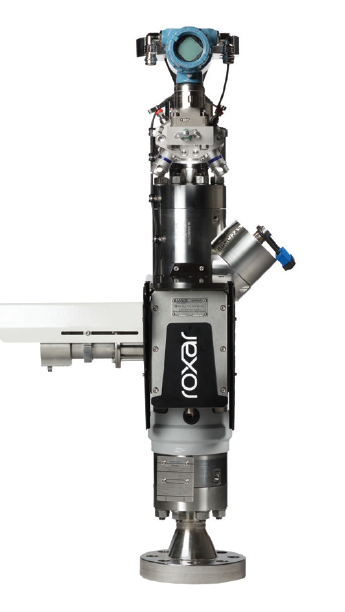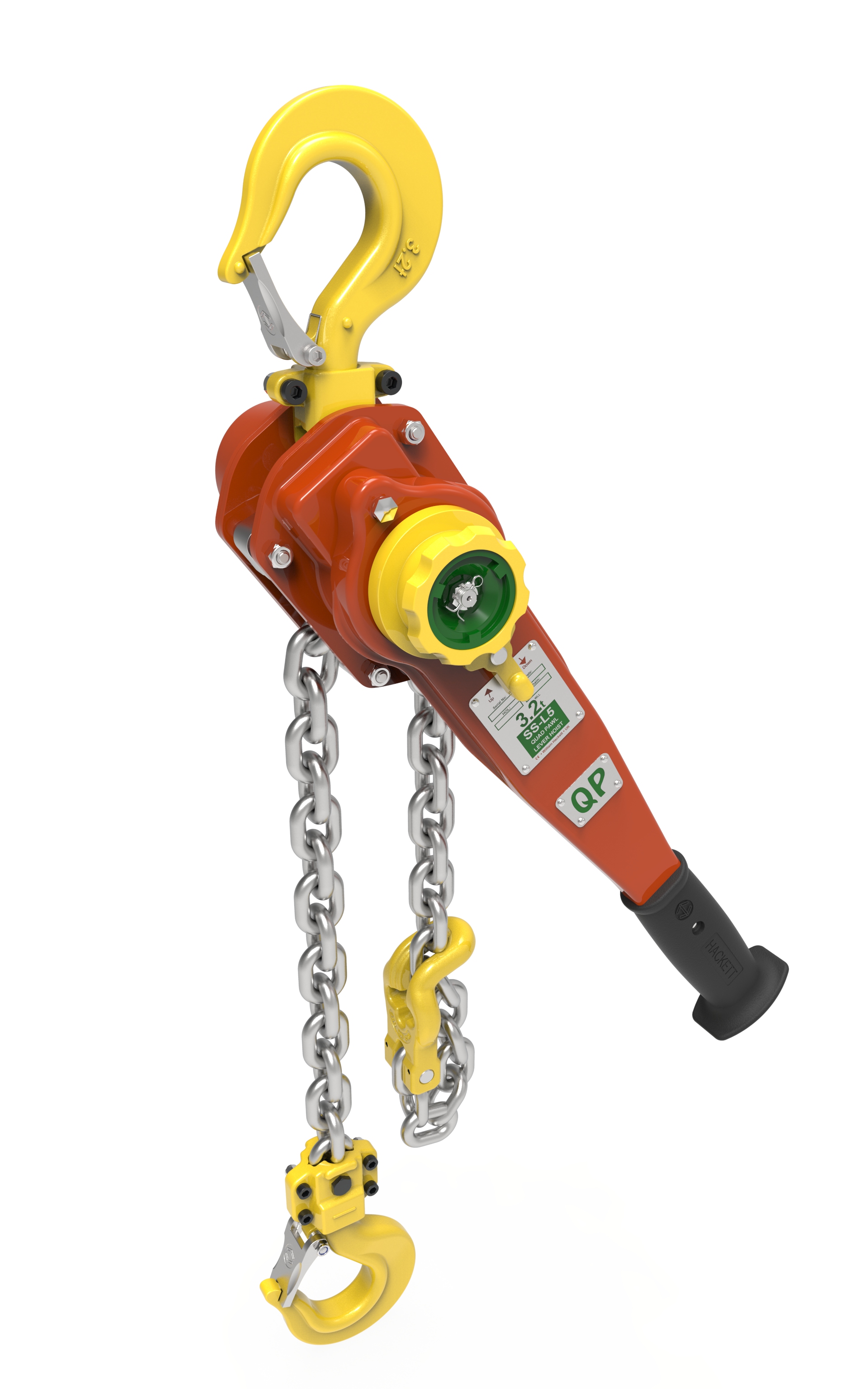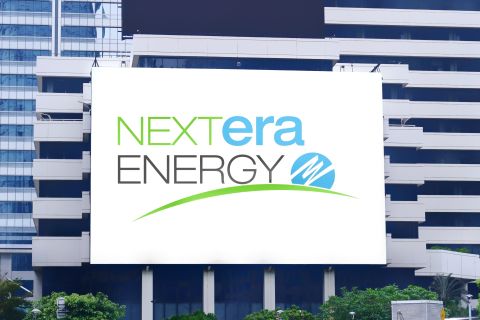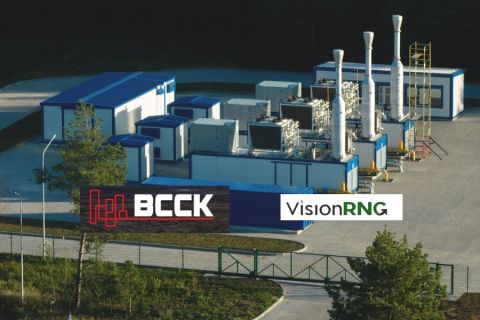New armor cladding alloy for drill bits
Smith Bits, a Schlumberger company, has released Aegis armor cladding that significantly improves bit body design flexibility and erosion resistance, increasing ROP and bit durability for longer runs. Aegis cladding, composed of a tungsten carbide material, increases bit erosion resistance by 400% and strength by 40% when compared to conventional matrix polycrystalline diamond compact bits. Aegis cladding also enables bit designs with taller blades and optimal nozzle placement, resulting in more efficient cuttings evacuation that improves ROP. Aegis cladding has undergone extensive field testing across five shale basins in North America. The technology also has been field tested in Europe, the Middle East and South America for both onshore and offshore applications.

Companies collaborate to accelerate digital transformation
Baker Hughes, C3.ai and Microsoft Corp. have announced an alliance to bring enterprise artificial intelligence (AI) solutions to the energy industry on Microsoft Azure, a cloud computing platform. The alliance will enable customers to streamline the adoption of scalable AI solutions for the energy industry that help promote safety, reliability and sustainability. It leverages the energy technology expertise of Baker Hughes, C3.ai’s AI platform and applications, and the Microsoft Azure cloud computing platform. As a result, energy businesses will have a secure and reliable suite of enterprise-scale AI applications optimized to run on Azure. These tools are tailored to address challenges across the entire value chain, from inventory optimization and energy management to predictive maintenance and process and equipment reliability. The technologies will simplify the process of adopting AI capabilities for energy companies, starting with the shift of data management, storage and compute onto Azure, through the development and enterprisewide deployment of domain-specific AI applications built on the BHC3 AI Suite.
New service enables remote monitoring of multiphase flowmeter
Emerson has released the Roxar 2600 Multiphase Flow Meter performance monitoring service that leverages cloud-based technologies to remotely monitor flowmeter performance at the wellhead. The service provides operators with actionable recommendations to optimize meter performance and enable proactive maintenance, based on advanced, continuous data collected from an onsite multiphase flowmeter, which is analyzed remotely. The service also offers well testing, production metering, wellhead monitoring, unmanned wellhead platforms and shale oil applications. Using network technology, Emerson experts can remotely deliver advanced diagnostics, data interpretation and reporting from the multiphase flowmeters on a regular schedule.

Web-based interface for natural gas engine program
Caterpillar has released a new web-based interface for the Gas Engine Rating Pro (GERP), which is designed to provide site ratings for Cat natural gas engines for the gas compression industry. The new version of GERP no longer needs updating, ensuring that users have access to the most current product information. Dealers can easily submit special rating requests directly through GERP. Additionally, users can securely share projects among customers and dealers through a corporate web security ID authentication. GERP can be accessed on any device with an internet connection, including mobile devices. Its new features include improved project management where users can securely store and manage all project information for quick retrieval and monitor the progress of each project through status icons. This software also provides the same benefits from the previous version such as performance predictions, fuel analysis, drawings such as curves and graphs accessible through the document library, emissions predicting and accelerated project completion time lines.
Asset management tool with 3D digital twin capabilities
Universal mCloud Corp. has released its AssetCare technology under the banner of the “3D Digital Twin.” This tool enables mCloud to take advantage of high-precision 3D laser scanners to create digital replicas of facilities along with a suite of capabilities designed to use these 3D models to streamline fieldwork, minimize facility downtime and eliminate unnecessary field visits. AssetCare’s 3D Digital Twin will enable a connected facility, where all the teams can rely on a single 3D model for the operation, maintenance and care of a site. The resulting 3D scans created in deployment are virtual replicas of a facility, with every physical aspect of a site captured in detail. Through AssetCare, an entire facility can be examined on demand through a 3D virtual walk-down. This reduces the need to deploy teams to the field to carry out visual site inspections, which is especially valuable for sites at remote locations that may be difficult or expensive to visit. Operations and maintenance teams can access 3D data anywhere and anytime via AssetCare Mobile on hands-free devices and apps for desktops, tablets and smartphones.
Software improves process of scheduling complex drilling programs
Actenum Corp. has released Actenum Upstream, Version 6.6, which helps oil and gas operators schedule their field activities, respond to new information faster and better manage complex schedule dependencies in a single platform. The software provides enhanced collaboration between users and improvements to the user interface that streamlines a scheduler’s workflow and delivers a better user experience. New features include collaborative editing, which enables data to be updated and reviewed by an authorized user before submission to the schedule. Additional new features include data areas, user interface improvements and improved logging. The new version also features minor application improvements that will improve speed and usability. Team members can collaborate with colleagues down the hall and in the field, improving the process of scheduling complex drilling programs. The release of this artificial intelligence-driven scheduling platform is another step forward in enabling teams to work together more effectively in managing their operational activities and resources.
New lever hoist offers high safety and performance in subsea lifting projects
William Hackett has released the SSL5 subsea lever hoist, incorporating its quad pawl (QP) mechanism. The QP mechanism synchronizes a set of four pawls, which constantly work together to minimize the time and distance traveled to the next point of engagement. The pawls ensure that the load is spread securely against the ratchet gear to provide increased redundancy and resilience to failure for the user. SSL5 reduces purchase, servicing and transportation costs, which results in better cost efficiencies on projects. In addition, SSL5’s dual action brake mechanism and intelligent inertia capability improves the user’s safety and rigging productivity in both subsea and topside applications. Multi-immersion use reduces the number of hoists needed on a mobilization, resulting in less single-immersion hoists being decommissioned after use.

Editor’s note: The copy herein is compiled from press releases and product announcements from service companies and does not reflect the opinions of Hart Energy. Submit your company’s updates related to new technology products and services to Faiza Rizvi at frizvi@hartenergy.com.
Recommended Reading
Solar Panel Tariff, AD/CVD Speculation No Concern for NextEra
2024-04-24 - NextEra Energy CEO John Ketchum addressed speculation regarding solar panel tariffs and antidumping and countervailing duties on its latest earnings call.
NextEra Energy Dials Up Solar as Power Demand Grows
2024-04-23 - NextEra’s renewable energy arm added about 2,765 megawatts to its backlog in first-quarter 2024, marking its second-best quarter for renewables — and the best for solar and storage origination.
BCCK, Vision RNG Enter Clean Energy Partnership
2024-04-23 - BCCK will deliver two of its NiTech Single Tower Nitrogen Rejection Units (NRU) and amine systems to Vision RNG’s landfill gas processing sites in Seneca and Perry counties, Ohio.
Clean Energy Begins Operations at South Dakota RNG Facility
2024-04-23 - Clean Energy Fuels’ $26 million South Dakota RNG facility will supply fuel to commercial users such as UPS and Amazon.
Romito: Net Zero’s Costly Consequences, and Industry’s ‘Silver Bullet’
2024-04-22 - Decarbonization is generally considered a reasonable goal when presented within the context of a trend, as opposed to a regulatory absolute.





